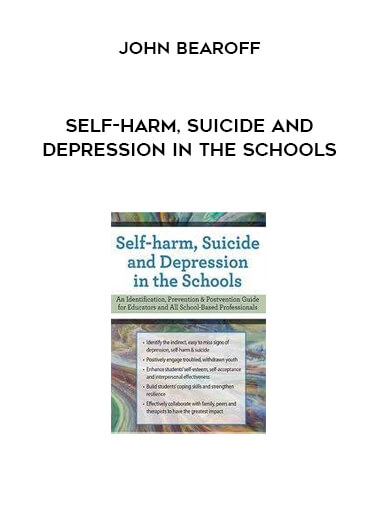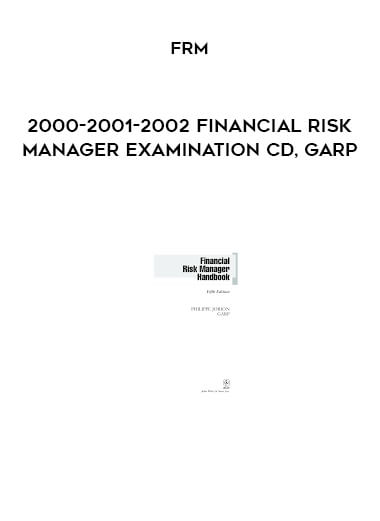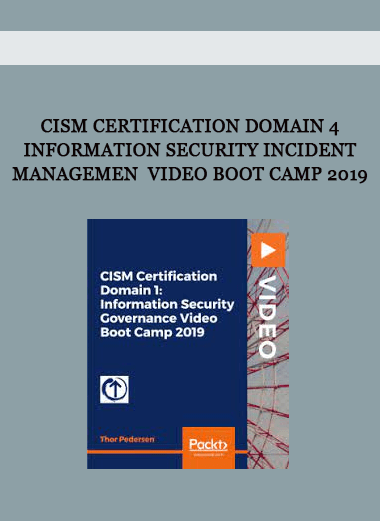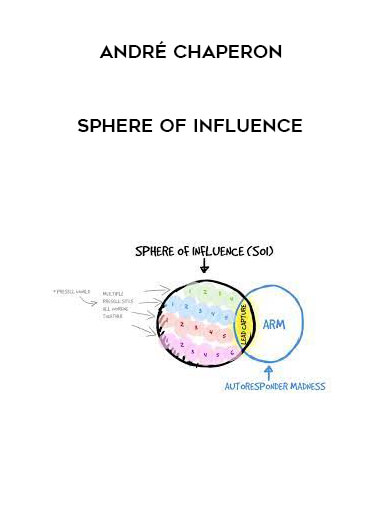Courses Infomation
Self-Harm, Suicide and Depression in the Schools from John Bearoff
 Self-Harm, Suicide and Depression in the Schools from John Bearoff
Self-Harm, Suicide and Depression in the Schools from John Bearoff
Faculty:John Bearoff
Duration:5 Hours 56 Minutes | Format:Audio and Video
Archive : Self-Harm, Suicide and Depression in the Schools from John Bearoff
Outline:
The Current State of Mental Health in Our Classrooms
depression, self-harm, and suicide rates
Initial line of defense: teacher and school roles
Information sharing and confidentiality
a cooperative strategy
Reaching Out to Students at Risk for Depression
Hidden and oblique warning indications
Important variables affecting susceptibility, vulnerability, and recovery
emotional stability
emotional toughness
Innovative methods for interacting with at-risk pupils
Activities that improve connectivity include Sorry 7 and Super 7.
Strategies for boosting engagement
School-wide & classroom accommodations
Create a protocol for dealing with the silent school epidemic.
Self-harm techniques: similarities and differences
Knowing the causes of self-harm
Risk and protective factors
The interrelated nature of suicide, self-injury, and addiction
connecting and approaching the pupil
Methods for assisting the at-risk student
Methods for re-engaging the disengaged
How to develop coping mechanisms
involving and letting the parents know
Establish a Suicide Crisis Team: Instructions for Recognizing and Addressing Suicidal Behavior
identifying the root causes
Risk elements Low, medium, or high risk
The best predictions are impending warning indicators.
What to do if you think or hear someone having an idea
connecting and approaching the pupil
Techniques for: Addressing and addressing ideas
how to handle a suicide attempt
Staff mobilization Notifying and including parents
Suicide is it contagious?
A Manual to Assist in Preventing Suicide, Self-Harm, and Depression
Social and emotional learning’s (SEL) contribution to the reduction of sadness, self-harm, and suicide
Empower students with a collaborative, deliberate approach to SEL integration throughout the curriculum.
encourage interaction
A good example is the K–12 SEL prevention strategy.
Plans for Schools to Prevent Suicide After Suicide
Quick-term tactics
Long-term, systemic initiatives in schools
lowering the risk of self-harm and suicide transmission
Case in point: effective postvention strategies
Description:
Children experience much upheaval and conflict during their school years. Many of your pupils will experience emotional and/or mental health problems in addition to the regular discontent. Dropping grades, lessening class involvement, and bad acting-out behavior are some symptoms. Some pupils’ problems progress into more serious and sophisticated actions that hurt both themselves and other people.
These kids frequently experience significant mood swings, emotional withdrawal, and severe depression. They may even turn to self-harm and/or suicide. You and your school face a severe challenge as a result of these problems.
You are in a unique position as an educator to recognize, assist, and support these underachieving pupils. The most effective methods for identifying, preventing, and treating kids who have depression, self-harm, or suicide thoughts will be covered in this recording. Understanding how to identify and assist at-risk kids at the individual, classroom, and institutional levels will be emphasized.
You will gain knowledge about the best assistance tactics, approaches, and interventions to give pupils. You will leave this session with the skills you need to engage with and assist the children who most need your aid, whether you are a classroom teacher, school counselor, psychologist, social worker, administrator, or support staff.
Salepage : Self-Harm, Suicide and Depression in the Schools from John Bearoff
About Author
<author content>







![Peter Titus - Create Your Own Automated Stock Trading Robot In EXCEL! [39 Video (MP4) + 2 Document (HTML)]](https://crablib.info/wp-content/uploads/2021/02/Peter-Titus-Create-Your-Own-Automated-Stock-Trading-Robot-In-EXCEL-39-Video-MP4-2-Document-HTML.jpg)























Reviews
There are no reviews yet.